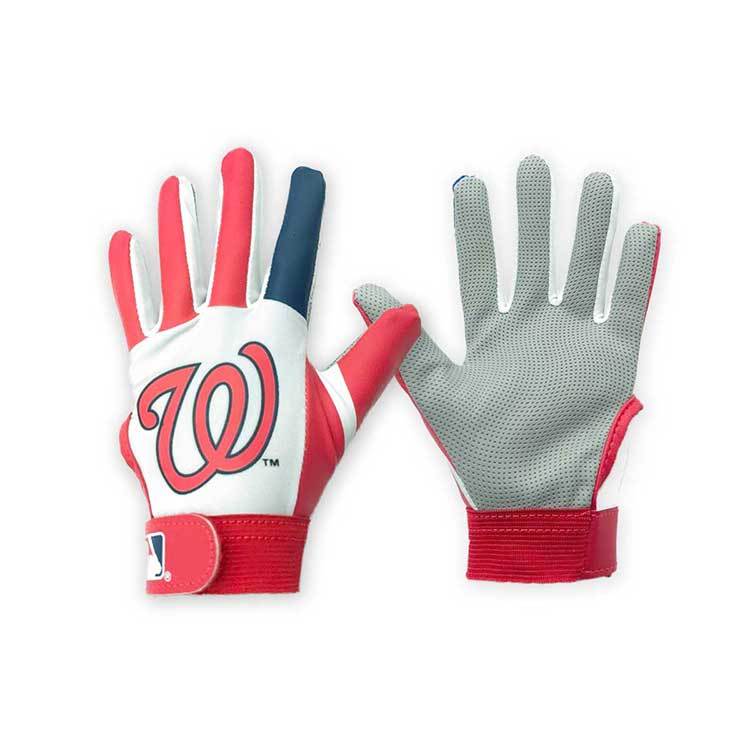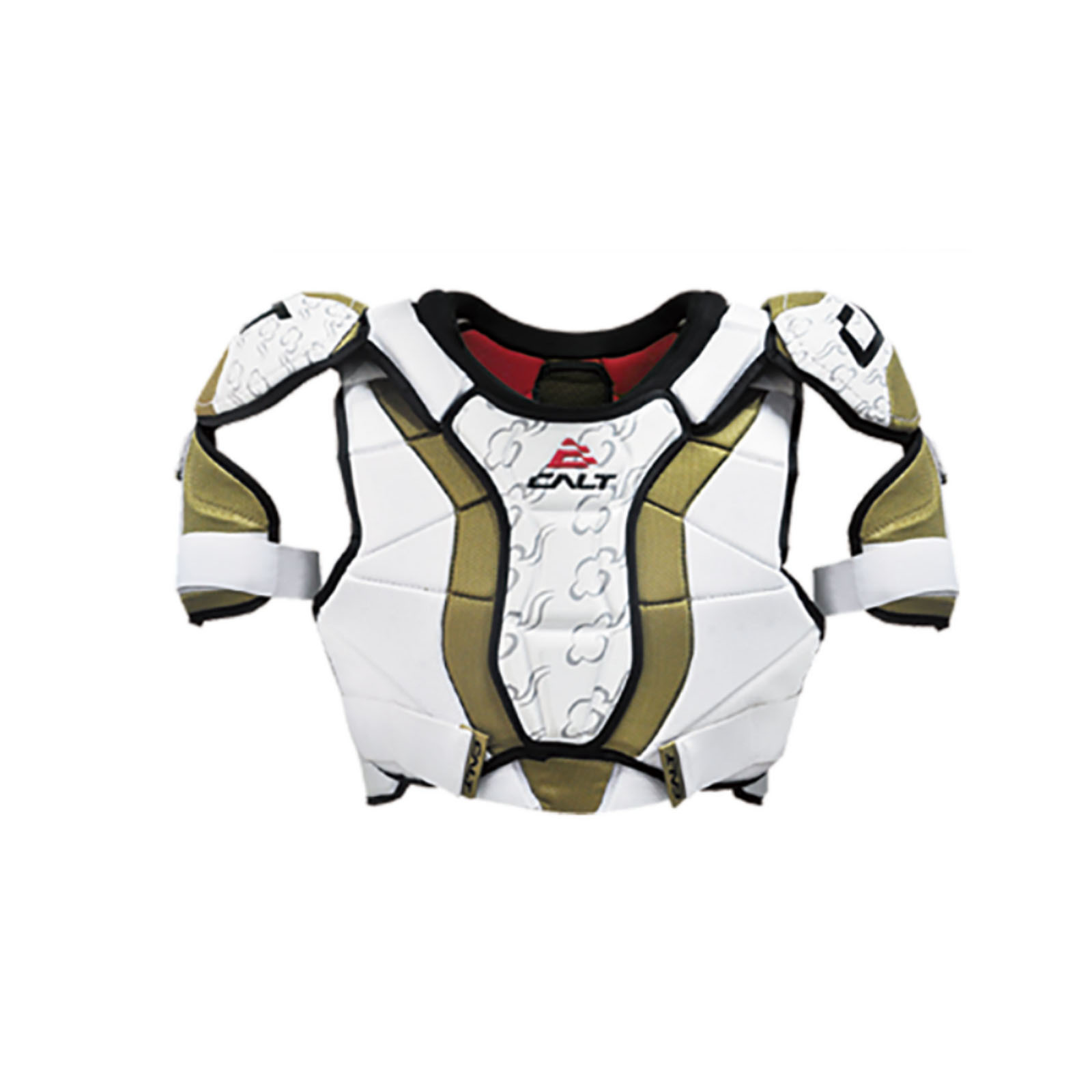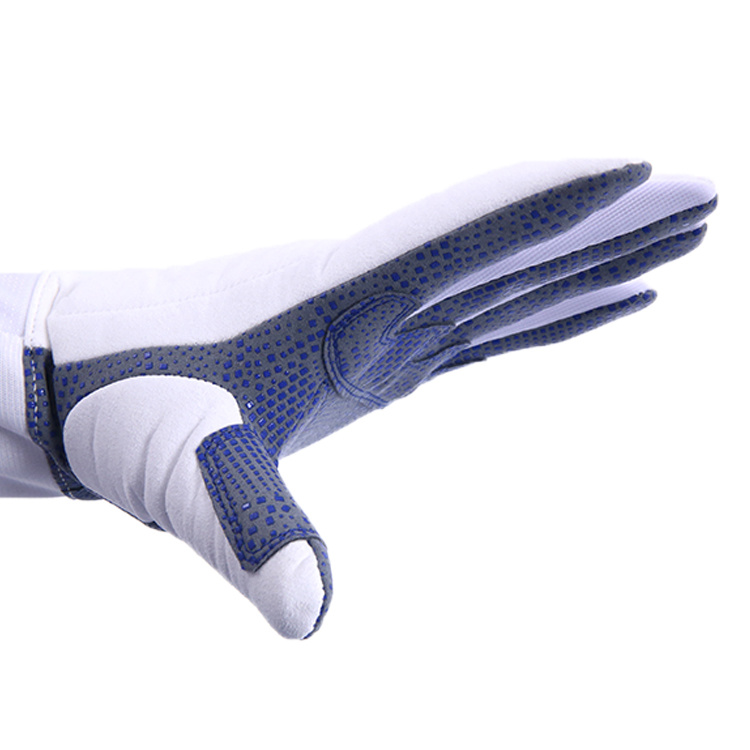Why Athletes Are Turning to Eco-Friendly Sports Gloves: A Sustainable Revolution in Athletic Gear
Release Time:
Nov 19,2025
Why Athletes Are Turning to Eco-Friendly Sports Gloves Introduction: The Eco-Friendly Movement in Sports Gear As sustainability becomes a priority across various industries, the sports sector is no exception. Athletes are increasingly adopting eco-friendly practices, including the use of **sustainable sports gloves**. This article explores the driving forces behind this trend, the advantages of

Why Athletes Are Turning to Eco-Friendly Sports Gloves
Introduction: The Eco-Friendly Movement in Sports Gear
As sustainability becomes a priority across various industries, the sports sector is no exception. Athletes are increasingly adopting eco-friendly practices, including the use of **sustainable sports gloves**. This article explores the driving forces behind this trend, the advantages of eco-friendly materials, and how these gloves can enhance athletic performance.
The Impact of Traditional Sports Gear on the Environment
The production of traditional sports gloves typically involves materials like synthetic leather, plastics, and chemical treatments. This process contributes significantly to environmental degradation. Here, we’ll outline the environmental costs associated with conventional sports gear and how athletes are rethinking their choices.
The Carbon Footprint of Conventional Sports Gloves
Manufacturing traditional sports gloves often requires significant energy resources, leading to a high carbon footprint. The extraction of raw materials, production processes, and transportation all contribute to greenhouse gas emissions. Athletes are becoming more aware of these impacts, prompting a shift towards eco-friendly alternatives.
Waste and Pollution from Non-Biodegradable Materials
Many conventional gloves are made from non-biodegradable materials, which contribute to the ever-growing problem of plastic waste. Athletes are increasingly choosing eco-friendly gloves, which are often made from natural or recycled materials, minimizing their impact on the environment.
What Are Eco-Friendly Sports Gloves Made Of?
Eco-friendly sports gloves are crafted using sustainable materials that reduce environmental harm. Here’s a breakdown of common materials used in their production.
Natural Latex and Rubber
Natural latex, derived from rubber trees, is a renewable resource that offers flexibility and durability. Gloves made from natural latex provide a **comfortable fit** while being biodegradable at the end of their lifecycle.
Recycled Materials
Some eco-friendly gloves utilize materials recycled from post-consumer products. This not only reduces waste but also conserves resources by giving a second life to materials that would otherwise contribute to landfill overflow.
Organic Cotton and Hemp
Organic cotton and hemp are excellent choices for eco-friendly gloves. These materials are grown without harmful pesticides and are biodegradable, making them a sustainable choice for the environmentally conscious athlete.
The Benefits of Choosing Eco-Friendly Sports Gloves
Switching to eco-friendly sports gloves offers numerous advantages for both athletes and the environment.
Enhanced Performance through Better Materials
Eco-friendly gloves often provide superior comfort and flexibility. With advancements in sustainable technology, these gloves can enhance athletes' performance by offering better grip, breathability, and moisture-wicking properties.
Support for Sustainable Practices
By opting for eco-friendly sports gloves, athletes support brands committed to sustainability. This collective effort drives demand for more environmentally friendly products, encouraging companies to innovate and produce sustainably.
Healthier for Athletes
Many eco-friendly gloves are free from harmful chemicals and toxins found in conventional gloves. This not only benefits the environment but also promotes the health and safety of athletes, reducing the risk of skin irritations and allergic reactions.
How Eco-Friendly Sports Gloves Are Made
The manufacturing process for eco-friendly sports gloves involves sustainable practices aimed at minimizing environmental impact.
Sourcing Sustainable Materials
The first step in creating eco-friendly gloves is sourcing sustainable materials. Manufacturers often collaborate with suppliers committed to environmentally friendly practices, ensuring that raw materials are sustainably harvested.
Eco-Conscious Manufacturing Processes
Eco-friendly gloves are produced using processes that reduce waste and energy consumption. For example, manufacturers may employ low-impact dyes and water-saving techniques in production, aligning with their commitment to sustainability.
Ethical Labor Practices
Many eco-friendly brands prioritize ethical labor practices, ensuring fair wages and safe working conditions for their employees. This commitment enhances the appeal of eco-friendly sports gloves, as consumers increasingly seek out products made responsibly.
Market Trends: The Rise of Eco-Friendly Sports Gear
The demand for eco-friendly sports gear, including gloves, is on the rise. Various factors contribute to this trend.
Consumer Awareness and Demand
As consumers become more aware of environmental issues, they are increasingly seeking sustainable options. Athletes are no exception, often opting for eco-friendly products that align with their values.
Brand Initiatives and Collaborations
Many sports brands are responding to this demand by launching eco-friendly product lines or collaborating with sustainability-focused organizations. These initiatives not only appeal to environmentally conscious consumers but also position brands as leaders in sustainability.
Technological Innovations in Sustainable Materials
Advancements in technology have made it possible to create high-performance materials that are also eco-friendly. Innovations in biodegradable plastics, organic textiles, and recycled materials are transforming the sports gear industry.
How to Choose the Right Eco-Friendly Sports Gloves
Selecting the ideal eco-friendly sports gloves involves several considerations to ensure quality, performance, and sustainability.
Assessing Material Quality
When choosing eco-friendly gloves, it’s essential to assess the materials used. Look for gloves made from high-quality, sustainable materials like natural latex or organic cotton.
Fit and Comfort
The fit of the gloves is crucial for optimal performance. Ensure that the gloves provide a snug fit without compromising comfort. Many eco-friendly options offer ergonomic designs tailored for specific sports.
Brand Reputation and Transparency
Researching the brand and its commitment to sustainability can guide purchasing decisions. Look for brands that prioritize ethical manufacturing practices and are transparent about their sourcing and production processes.
Real-Life Examples: Athletes Making the Switch
Numerous athletes are leading the charge toward eco-friendly sports gloves. Here are a few prominent examples.
Professional Athletes Advocating for Sustainability
Many professional athletes are now endorsing eco-friendly gear. Their influence encourages fans and fellow athletes to make sustainable choices, amplifying the movement towards eco-conscious sports equipment.
Testimonials from Athletes Who Made the Switch
Athletes who have transitioned to eco-friendly gloves often report enhanced performance and comfort. These testimonials highlight the benefits of sustainable gear, motivating others to follow suit.
Challenges in the Adoption of Eco-Friendly Sports Gloves
While the shift to eco-friendly sports gloves is gaining momentum, some challenges still persist.
Cost Considerations
Eco-friendly gloves can be more expensive than their traditional counterparts, which may deter some athletes. However, many see this as an investment in sustainability and long-term performance.
Limited Availability
Not all retailers carry eco-friendly options, making it challenging for athletes to access these products. Increased demand could encourage more retailers to include sustainable sports gear in their offerings.
Consumer Education and Awareness
Some athletes remain unaware of the benefits of eco-friendly gloves. Raising awareness about sustainable options and their advantages is essential for driving adoption.
Conclusion: The Future of Eco-Friendly Sports Gloves
As the eco-friendly movement continues to gain momentum in the sports industry, athletes play a pivotal role in promoting sustainability. By choosing eco-friendly sports gloves, they not only enhance their performance but also support a healthier planet. The shift toward sustainable materials and ethical manufacturing practices is transforming the landscape of athletic gear for the better. Embracing this change sets a powerful example for future generations, driving the sports industry toward a more sustainable future.
FAQs
1. What are eco-friendly sports gloves made from?
Eco-friendly sports gloves are typically made from sustainable materials such as natural latex, organic cotton, recycled plastics, and hemp.
2. Why should athletes choose eco-friendly gloves?
Athletes should choose eco-friendly gloves because they are often more comfortable, safer for the skin, and support sustainable practices that benefit the environment.
3. Are eco-friendly sports gloves more expensive?
Eco-friendly sports gloves can be pricier than traditional options, but many athletes view them as a worthwhile investment in sustainability and performance.
4. How can I tell if sports gloves are eco-friendly?
Look for certifications, transparent sourcing practices, and materials known for sustainability, such as organic or recycled content.
5. Are there specific brands known for eco-friendly sports gloves?
Yes, many brands are committed to sustainability and offer eco-friendly sports gloves. Researching brand practices and consumer reviews can help identify suitable options.
This comprehensive exploration of why athletes are turning to eco-friendly sports gloves illustrates the positive impact of sustainability in sports gear. Athletes not only enhance their performance but also contribute to a healthier planet, fostering a culture of responsibility and awareness within the sporting community.
Keywords:
More information










